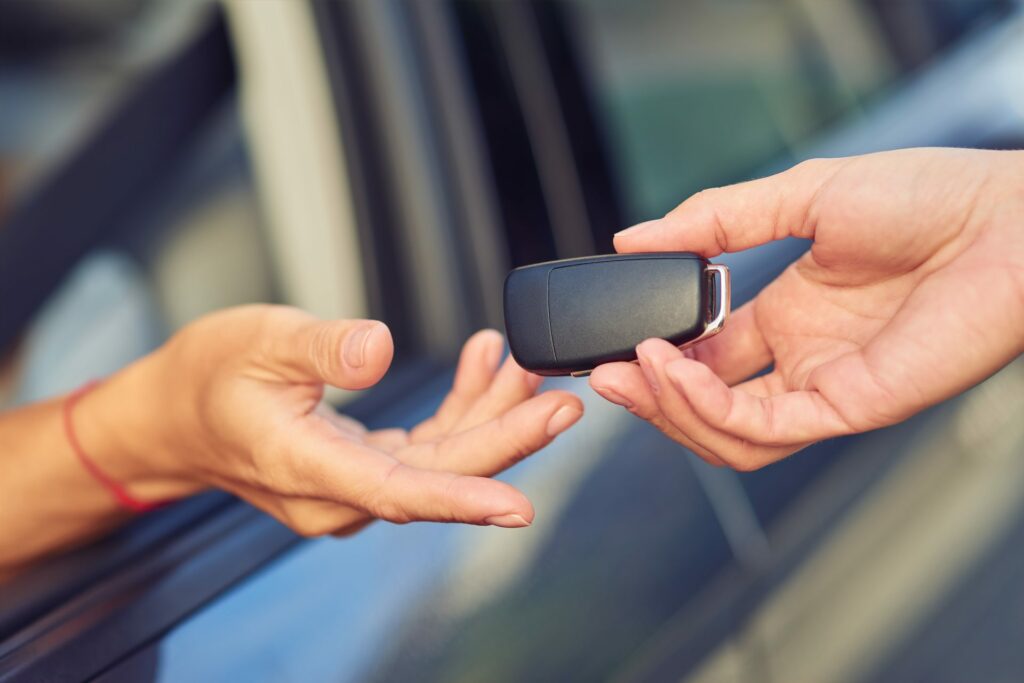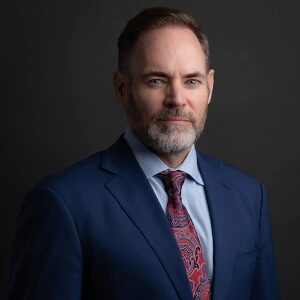What Happens if I Crash a Leased Car in Nevada?

What is a Leased Car?
Obtaining a lease on a car is essentially a long-term rental. Many find this option appealing, as the lease payments are generally lower than typical car payments. The main difference is that with making standard payments on a vehicle, you own it once those payments are fulfilled. You do not own the car with a leased vehicle after the lease terms expire. However, you typically can purchase it at a discounted rate at that time or choose to lease a different car.
Who Should I Notify If I’m In an Accident With a Leased Vehicle?
Shortly after the accident occurs, you should notify your insurance company. Often, you have a small window of time in which you are required to report an accident. In most cases, it is within 24 hours. Contact them and provide only the required information, such as the accident details (where, when, etc.), and be vigilant not to provide more information than you need to. This is because car insurance companies want to try and establish fault immediately so they can offer you or the other parties (or both) a settlement. If you admit fault without knowing all of the details, it can be more challenging to obtain damages from the accident at a later date.

The next important call is to the company leasing the vehicle. Don’t leave this task up to the insurance companies. You can ensure the process is handled accordingly by making the call yourself.
What Will Insurance Cover?
It is a myth that leased cars don’t need to carry the same insurance minimums that other Nevada car owners need to have. Generally speaking, there is an insurance minimum of $25,000 for bodily injury, $50,000 for bodily injury if two people were injured, and $20,000 for property damage that each driver must carry. Options are provided for additional coverage, which is a great option. If you are in even a minor accident, the damages can quickly add up to more than the minimum coverage, leaving you at risk of having to cover the rest of the damages out of pocket.
In some cases, lease agreements will require you to obtain a certain level of insurance, which may be higher than the state minimum. Inspect your lease paperwork or call the company to confirm that you have sufficient insurance now and in the future.

Another item to consider is gap insurance. Most companies will provide an option of gap insurance, which is meant to “close the gap” between average or minimum coverage and any additional coverage you may need. Gap coverage is significant for those who lease a vehicle due to the predicament you can be left in if the car is totaled due to an accident. If the value determined for your vehicle is only $20,000, but your lease value is more than this, you are typically responsible for the difference regardless of the situation. Gap insurance coverage can assist in this situation, and the main reason gap coverage appeals to those who lease vehicles.
What Other Steps Do I Need To Take Following an Accident?
If you have chosen to avoid seeking medical attention, it is essential to note that not all injuries or symptoms appear immediately. If you are experiencing headaches or pain that wasn’t there before the accident, it may be best to get a professional opinion. Injuries such as whiplash, soft tissue, or traumatic brain injuries don’t always present immediately.
Take your car to a trusted body repair shop to estimate the damages your leased vehicle sustained. Many people choose to get more than one estimate for reference.
Sometimes, the leasing company may want pictures or to see the car in person after an accident. When you call to report the accident, confirm whether this is required.
Why is Establishing Fault So Important Following an Accident?
The driver found to be at fault for the accident is responsible for the damages caused due to the laws in Nevada. If you are found to be 100% at fault for the accident, you are liable for the damages the other driver or drivers sustained and the damage to their vehicle.

As mentioned earlier, this is why it is imperative not to admit fault immediately. There may be other factors you are unaware of that can establish that more than one party was at fault for the accident and, therefore, responsible for damages. If you are not 100% at fault, you may still be able to recover a portion of the total damages awarded after the accident.
With the laws in Nevada, your portion of the fault is assigned based on facts, and the percentage associated with your fault will be deducted from the total damages accordingly.
How Can a Personal Injury Attorney Help Me?
Whether in handling the communication between insurance companies, witnesses, or other parties involved in the accident, the leasing company, or more, an experienced attorney can oversee this part of the process for you. Allowing a professional to handle this task ensures that you are not inadvertently admitting to a fault that may not be yours.
You may also have injuries that you need to tend to, and while you are focused on this, your attorney can step in and handle timely issues for you. They can also assist you in estimating total damages so you can effectively seek the recovery you deserve and more.
Call our office at (702) 901-6302 to learn how we can best assist you.
